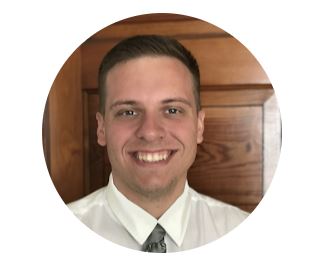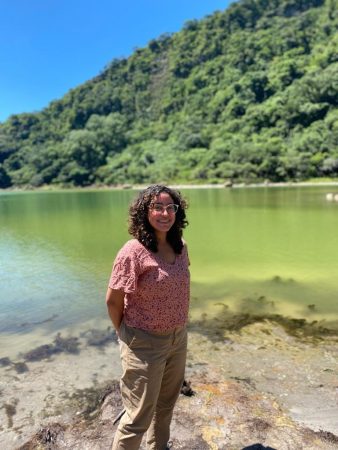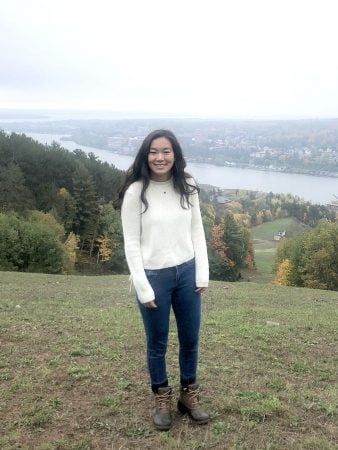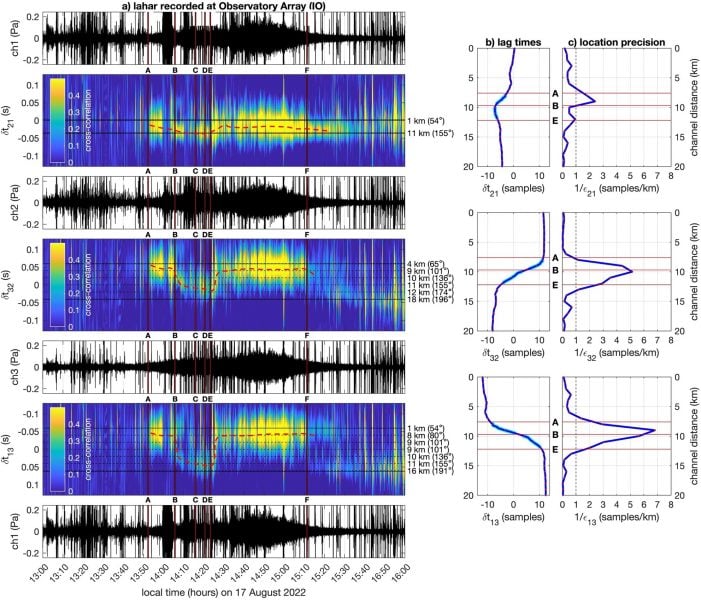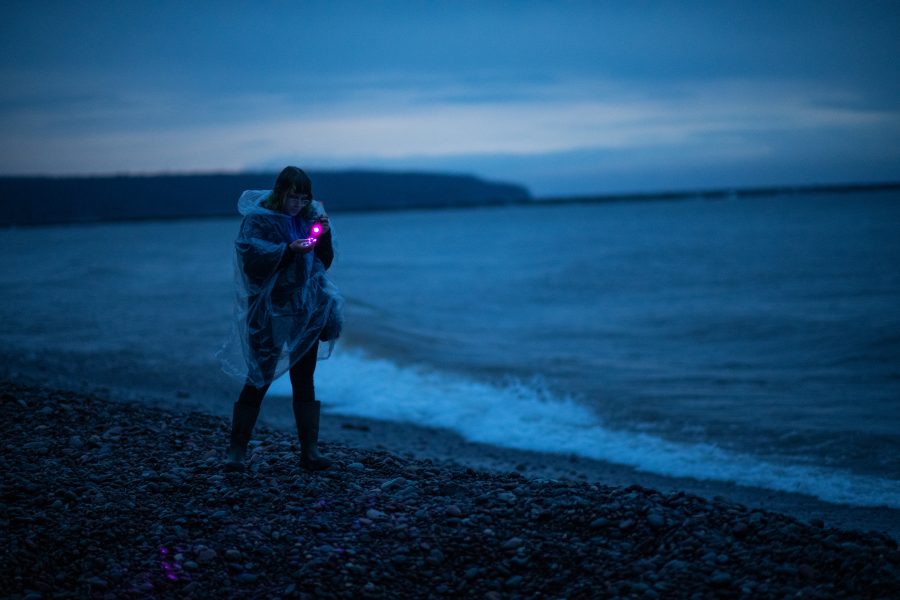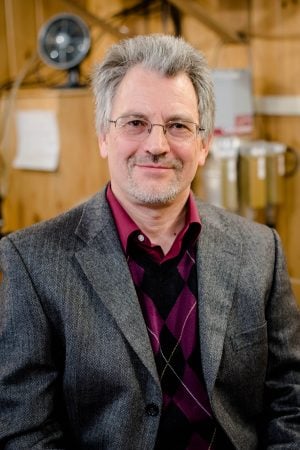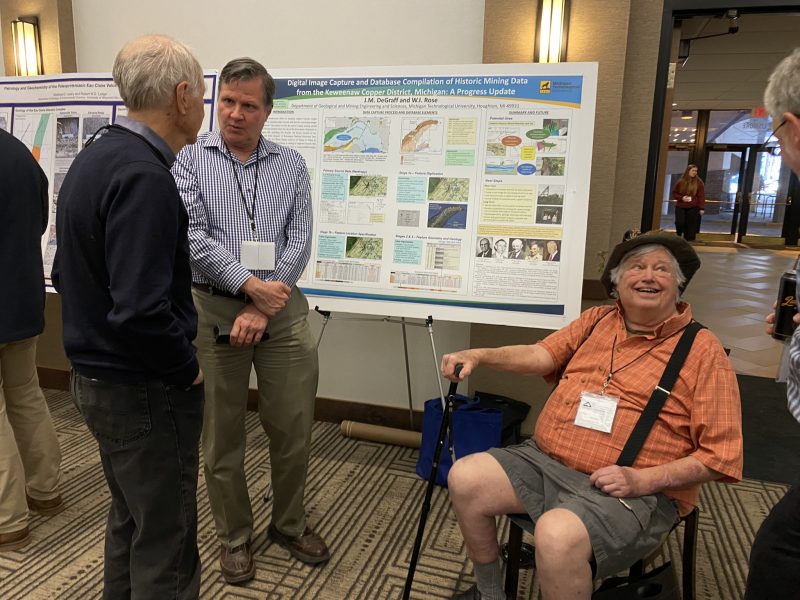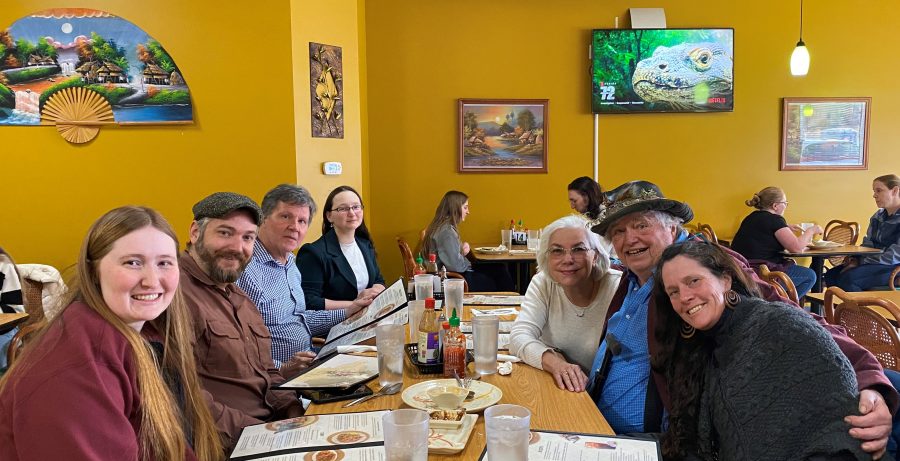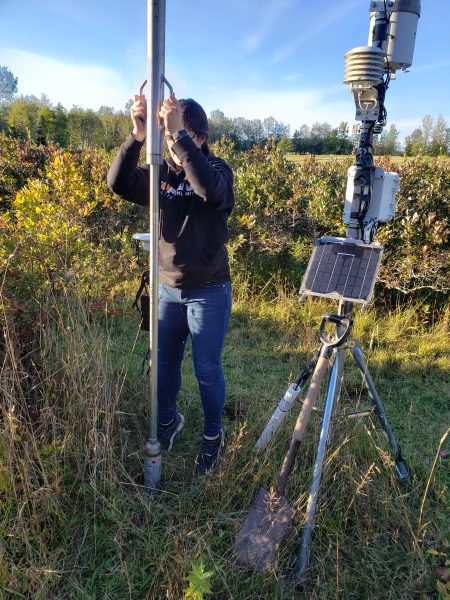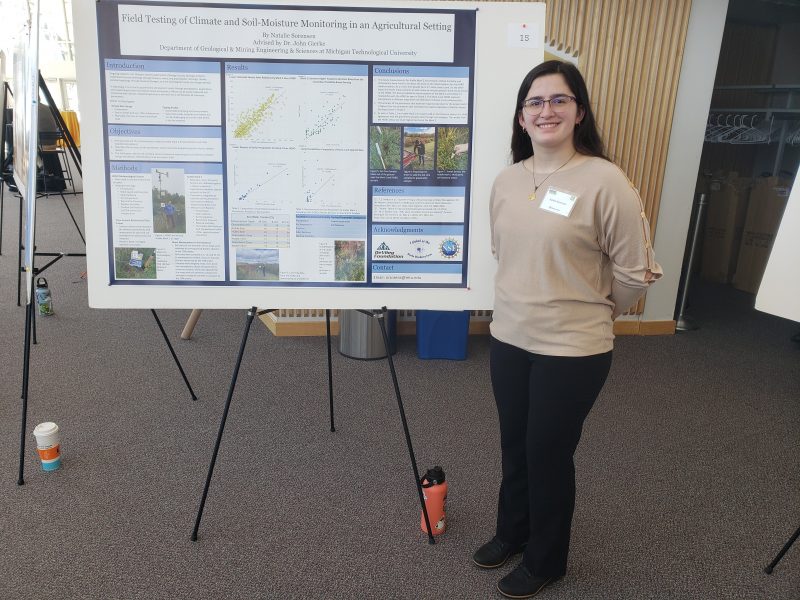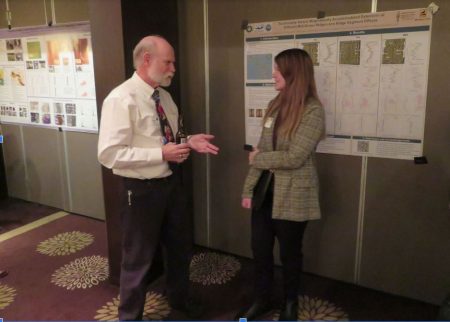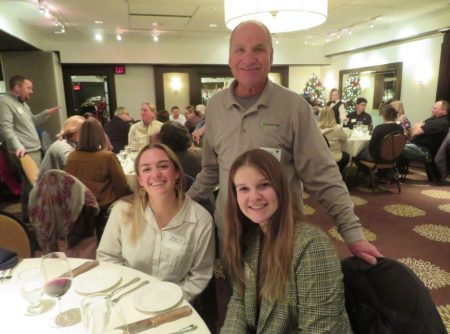On Friday, July 7, 2023, Beth Bartel achieved resounding success as she skillfully defended her research for her doctoral degree in geology.
Co-Advised by Greg Waite and Rüdiger Escobar Wolf, with Angie Carter, Kari Henquinet, and Luke Bowman as committee members.
Title: Information Use and Decision-Making for Evacuation at Fuego Volcano, Guatemala Information Use and Decision-Making for Evacuation at Fuego Volcano, Guatemala
Abstract: Active volcanoes are complex, multi-hazard systems. Early warning systems (EWS) may enable populations to live sustainably with volcanic hazards, but developing an effective EWS is far from straightforward, as is measuring its efficacy. At Fuego volcano, Guatemala, pyroclastic density currents (PDCs)—fast-moving flows and surges of hot volcanic gas, ash, and rock–killed more than 400 people during a paroxysmal eruption in June 2018 and continue to threaten the ~60,000 people living within the identified hazard zones. In this dissertation, I use mixed ethnographic methods to investigate evacuations at Fuego during and since the tragedia through three projects. I first investigate information availability and its use in decision-making on 3 June 2018. Next, I examine current practices for evacuation decision-making four and five years after the disaster, focusing on a partial evacuation on 7–8 March 2022. Finally, I use that same event to study how cultural gender expectations impact evacuation strategies and how women’s experiences in evacuation can inform future risk reduction strategies. With this dissertation, I aim to contribute a better understanding of the complex factors challenging the efficacy of EWS in order to improve existing approaches in and beyond Guatemala. In this way, this work aims to serve the population around Fuego volcano and others like it in various cultural, geographic, and economic settings.

